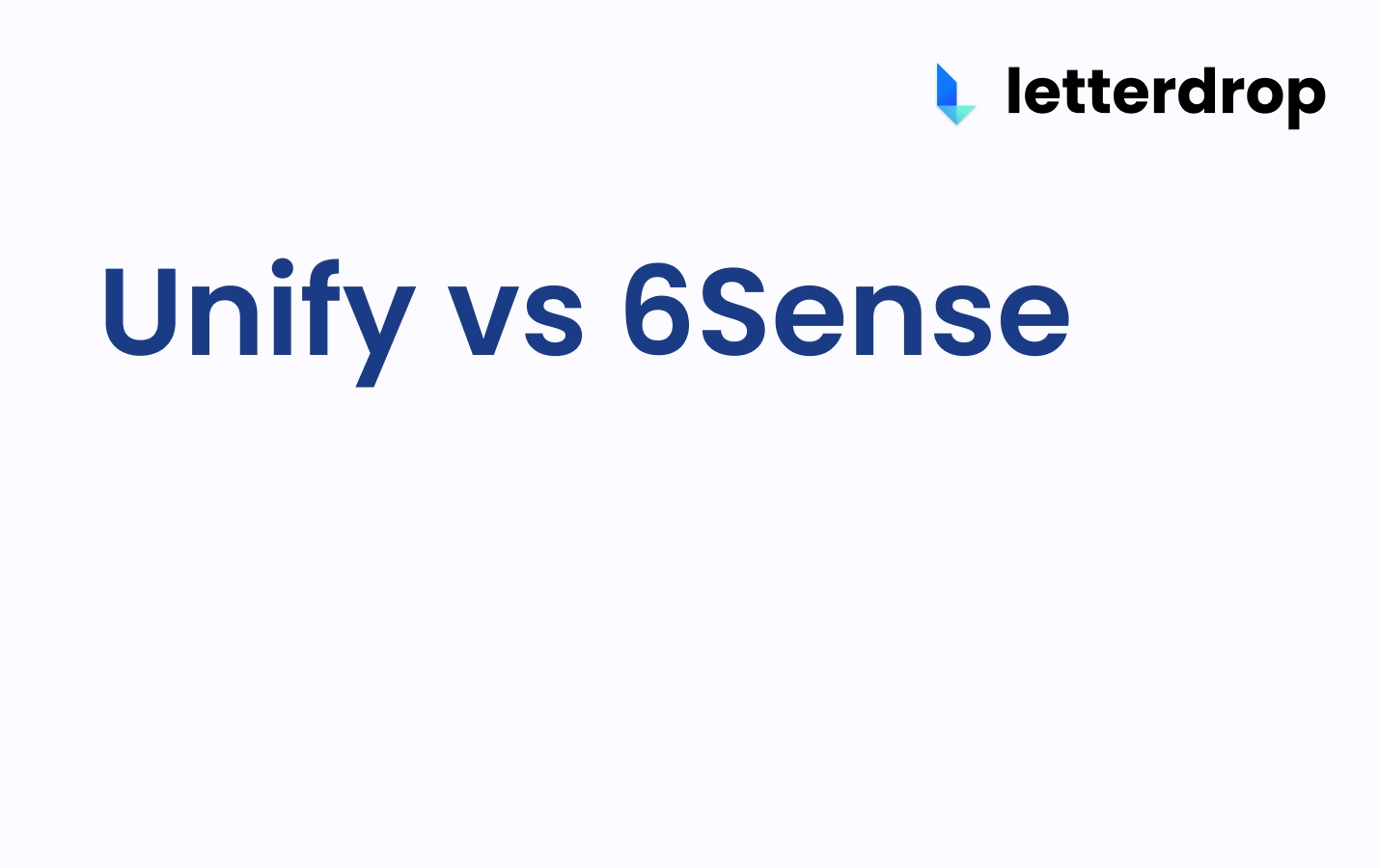How to Get Your Team to Use Sales Enablement Content
TL;DR
- Match sales enablement content to the buyer's journey stages: unaware, problem-aware, solution-aware, and product-aware.
- Use specific content types at each sales cycle stage: prospecting, first contact, follow-up, presentation, objection handling, proposal, and closing.
- Leverage AI to automate content creation and suggest the right assets based on sales call insights.
- Regularly collaborate with marketing and sales teams to keep content updated and aligned with buyer needs.
Even if you have all the right sales enablement assets, how and when you use them in the sales cycle determines whether the deal progresses or not.
So, how does your sales team use sales enablement content at each deal stage to actually close deals?
Matching Sales Enablement Content to Sales Cycle Stages
You need to deeply understand how your buyer progresses through the funnel in order to create and distribute the right sales enablement content at the right time, or it's not likely to move the needle for your business.
We wrote a comprehensive guide on how to create sales enablement content that includes how to cater to different stages in the buyer funnel.
The TL;DR is:
- The four stages of the customer journey are the unaware, problem-aware, solution-aware, and product-aware phases. You need to match this intent to what you create
- Find objections, common questions, what your customers care about, and more through talking to customers, your customer support, and your peers on the sales team. This will guide you on what to create (Letterdrop can pull these themes and more for you with its Gong, Chorus, and Fireflies integration)

How to Use Sales Enablement At 7 Stages of the Sales Cycle
Here’s a breakdown of the seven stages of the sales cycle and the corresponding sales enablement content that can be most effective at each stage.
1. Prospecting
Objective: Use content as a sales trigger or "lure" for identifying ICPs in-market to buy and driving inbound opportunities.
This is an excellent opportunity for your sales team to engage in the active community of ICPs on platforms like LinkedIn.
By sharing relevant content, joining discussions, and showing up as a credible resource (or social seller), your reps can drive inbound and even warm up cold outreach.
Content to Use:
- Value-Add Posts on LinkedIn: These can be industry insights, personal experiences, unaware and problem-aware resources, and more.
- Educational blog posts, infographics, and guides: These can provide valuable insights and demonstrate your expertise.
We booked two inbound meetings when our AE shared this "hand raising" post advertising a recent study we had conducted.

2. First Contact: Qualification and Needs Analysis
Objective: Evaluate whether a prospect is a good fit for your offering by assessing their pain points, needs, budget, authority, and overall potential.
Content to Use:
- Sales scripts: To make sure that you and the rest of the team maintain a consistent message or value prop across calls
- Questionnaires and assessments: To understand the prospect’s needs better

3. Follow-Up Questions
Objective: Address any follow-up questions the prospect may have about the product.
Content to Use:
Long-form guides are a good bet here. These include:
- Related blog posts
- PDFs or e-books
- Sales decks
- Explainer videos
- Case studies (to show some social proof)
Here's how Zach uses case studies in the sales cycle.
There's actually a feature in Letterdrop that automatically recommends specific content from your site to address questions and concerns raised in your sales calls. This saves you the trouble of having to find and store resources yourself.

4. Presentation and Product Demonstration
Objective: Showcase the product's capabilities, highlighting its features and benefits against competitors.
Content to Use:
- Product demos: Live or recorded demonstrations can help prospects get a much better grasp on what your product can do.
- Sales decks and presentations: Another visual way to demo your product.
- Product cheat sheets and battlecards: Quick reference materials for sales reps to tackle key points or questions head-on.
- Product comparison charts or articles: Help prospects evaluate your product against competitors.
Here's how Zach uses comparison articles to help prospects evaluate us against competitors.
5. Objection Handling
Objective: To help address and overcome any concerns or objections the prospect may have.
Content to Use:
- Objection handling decks: Pre-prepared responses to common objections.
- Sales battlecards: Key talking points and competitive differentiators.
- Onboarding content: To show ease of use and quick implementation.
- Case studies and testimonials: Social proof demonstrating the tangible value of your offerings as seen by similar companies.
You can automatically see objections (as well as product questions, pain points, and more) from your sales calls that Letterdrop pulls for you, giving you a quick glance of what is stalling deals.

6. Formal Proposal
Objective: Prepare a formal proposal or quote outlining the terms, pricing, and specific details of the offering.
Content to Use:
Clear pricing guidelines and details (such as a value-prop summary and social proof) are good to pass along here.
7. Closing the Deal
Objective: Finalize the sale and secure the prospect’s commitment to becoming a customer. Negotiations may take place to reach mutually agreeable terms.
Content to Use:
Case studies, customer testimonials, and other social proof can help give that final nudge to help close the deal.
Practical Tips for Implementing Sales Enablement Content
- Regularly check-in with marketing and other teams to keep pushing the most up-to-date sales enablement content on the right channels and at the right time
- Use AI for sales enablement wherever you can to cut down on grunt work and streamline distribution
- Showcase early wins to leadership to get continuous buy-in for your sales enablement efforts
Send the Right Sales Enablement Assets at the Right Time to Drive Deals
You need to understand your buyer to the tee if you want to:
- know what sales enablement to invest time in
- know what sales enablement content will make the most impact
We can help you streamline the entire sales enablement process, from ideation all the way through to recommending the right content to send.
Reach out if you're interested.
Subscribe to newsletter
No-BS GTM strategies to build more pipeline in your inbox every week
Related Reading
Some other posts you might find helpful
















